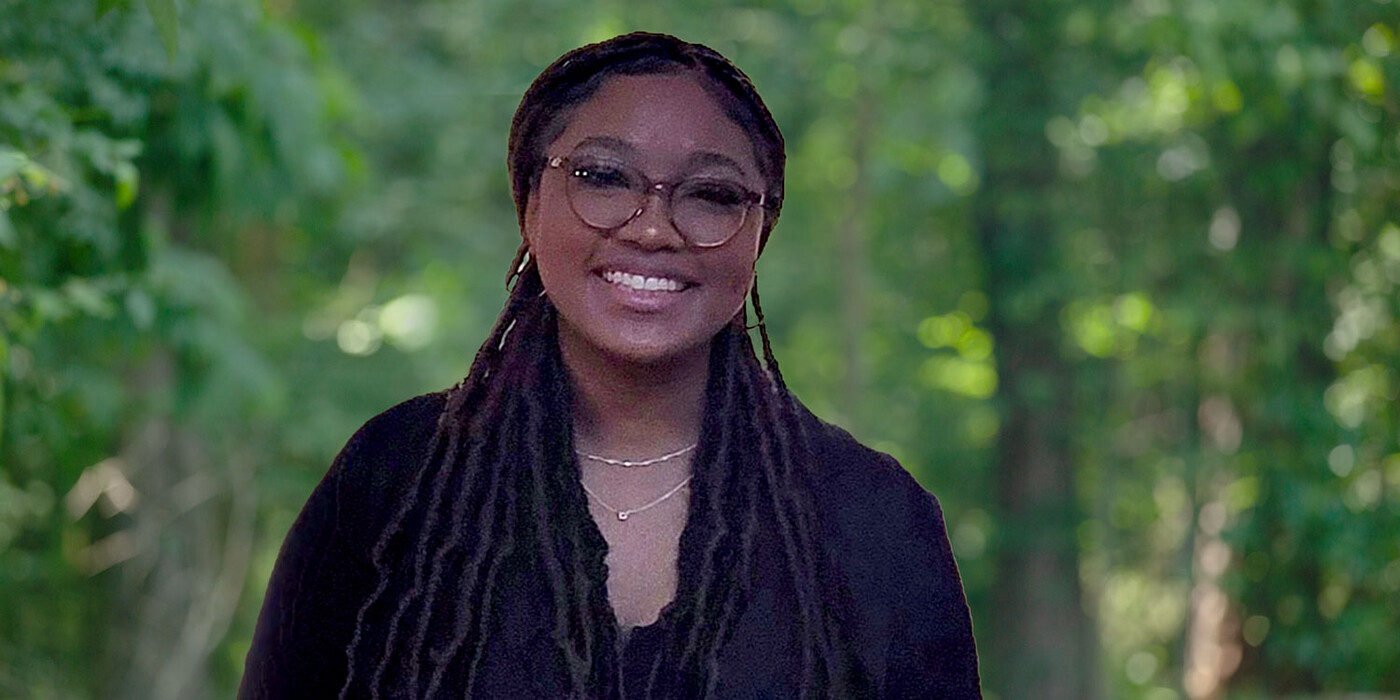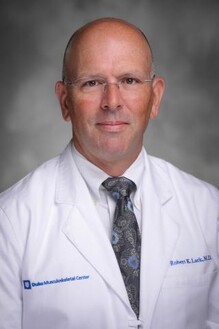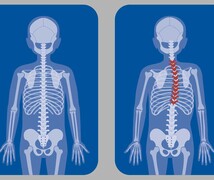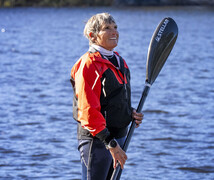Ausley Rudd was diagnosed with scoliosis as a child. The condition worsened as she grew until surgery was needed to stop her spine’s worsening curvature. Rather than recommend spinal fusion – a major operation that can require up to a year for full recovery -- Robert Lark, MD, a pediatric spine surgeon at Duke Health, presented a new, less invasive option called vertebral body tethering. The surgery would correct her curve as she grew while allowing her spine to retain its flexibility. In 2018, when Ausley as 12, she became the first person in North Carolina to undergo the procedure. Today, the high school senior no longer worries about scoliosis and has big plans for her future.
Early Signs of Scoliosis
Ausley’s mother, Patsy Mitchem, noticed a curve in her daughter’s spine when she was five or six years old. Their pediatrician near her home in Sanford, NC, suspected scoliosis and referred the family to Duke. After confirming the diagnosis, Dr. Lark recommended a brace to stabilize Ausley’s spinal curve. It wasn’t successful.
Vertebral Body Tethering Less Invasive, Promotes Faster Recovery
Traditionally, the next step would be spinal fusion, but Dr. Lark saw that Rudd was an ideal candidate for vertebral body tethering. “You have to have a patient with plenty of growth remaining, but not too much, and a curve that's big enough to warrant surgery,” explained Dr. Lark. “Ausley checked all the boxes.”
Unlike spinal fusion, which requires larger incisions and a bone graft, vertebral body tethering is less invasive, and recovery is faster. During vertebral body tethering, small screws are inserted into several vertebrae on the outside of the spine curve. Then, a flexible cord called a tether is attached to the screws and pulled tight. As a child grows, the tension placed on the spine by the tether helps it grow straighter. The spine can still bend and flex, allowing for a better range of motion than with spinal fusion. Dr. Lark performs the surgery with a team of specialists that includes cardiothoracic surgeons, so children spend less time in the operating room.
Learn how vertebral body tethering surgery works.
Planning a Future She Once Thought Unreachable
Ausley was 12 years old when she underwent vertebral body tethering. She returned home a few days later and recovered quickly. “I had surgery in July and went back to school in August with no problems,” she said. She also started playing volleyball. Dr. Lark said that most children return to full activity, even sports like hockey or football, two weeks after surgery. With spinal fusion, they must wait a year before playing high-impact sports.
The goal of scoliosis treatment is to achieve a spinal curve of less than 30 degrees. “Once you hit skeletal maturity, if you have a 30-degree curve or less, your risk of progression and potential impact to your quality of life as an adult is zero,” Dr. Lark said. Now 17, Ausley's spinal curve is 20 degrees, and she has no physical limitations. After high school, she plans to join the U.S. Air Force, something she could not have imagined before surgery.





